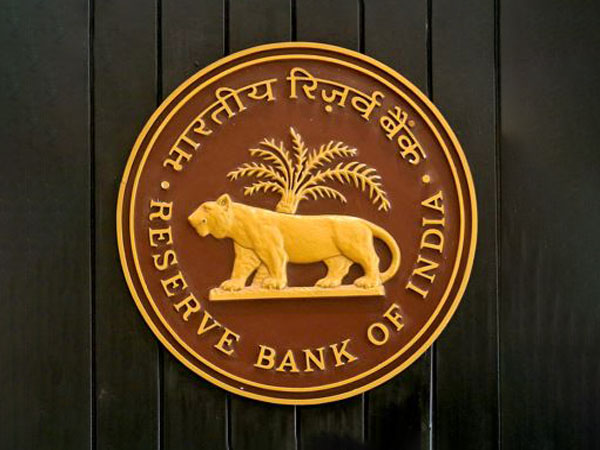
Mumbai (Maharashtra) [India], June 7 (ANI): India’s banking system is robust and the gross NPA (Non-Performing Assets) of the schedule commercial banks and NBFCs are below 3 per cent highlighted RBI (Reserve Bank of India) Governor Shaktikanta Das during the Monetary policy announcement on Friday.
RBI highlighted several key factors contributing to this positive trend, including enhanced provisioning for bad loans, sustained capital adequacy, and increased profitability.
Additionally, the RBI Governor pointed out that non-banking financial companies (NBFCs) are also displaying strong financial health, mirroring the positive trends in the banking sector.
“The non-banking financial companies (NBFCs) also displayed strong financials in line with the banking sector. Notably, the gross non-performing assets (GNPAs) of scheduled commercial banks (SCBs) and NBFCs are below 3 percent of total advances as at end of March 2024,” RBI Governor stated.
Governor Das stressed the importance of continued improvement in governance standards, risk management practices, and compliance culture across regulated entities (REs).
“It is important that the Regulated Entities (REs) should continue to improve their governance standards, risk management practices and compliance culture across the organization,” he added.
The RBI had previously flagged concerns in November about the excessive growth in unsecured retail loans and the over-reliance of NBFCs on bank funding. However, recent data indicates a moderation in the growth of loans and advances, suggesting a more balanced approach is being adopted.
A recent peer review report by Fitch Ratings on major Indian banks for FY24 highlighted improved profitability of Indian banks. This was driven by declining impairment charges and sustained margins.
The report noted variations in capitalization and leverage ratios between PSU and private banks, with PSU banks showing moderate buffers and improved Common Equity Tier 1 (CET1) ratios, which cover liquid holdings like cash and stock ratios.
The positive economic outlook in India has supported the lending capacity of banks and contributed to overall economic expansion. However, Fitch also noted that legacy impaired loans continue to impact some banks, indicating ongoing asset quality concerns.
The report highlighted that while viability ratings have improved, they are still influenced by a high risk appetite and untested risks associated with high-yielding loans. This underscores the importance of effective risk management for sustainable growth.
India’s banking and NBFC sectors are showing strong financial health, marked by reduced NPAs and increased profitability. Nonetheless, ongoing improvements in governance, risk management, and compliance are essential to sustain this positive trajectory and address lingering asset quality issues. (ANI)


















